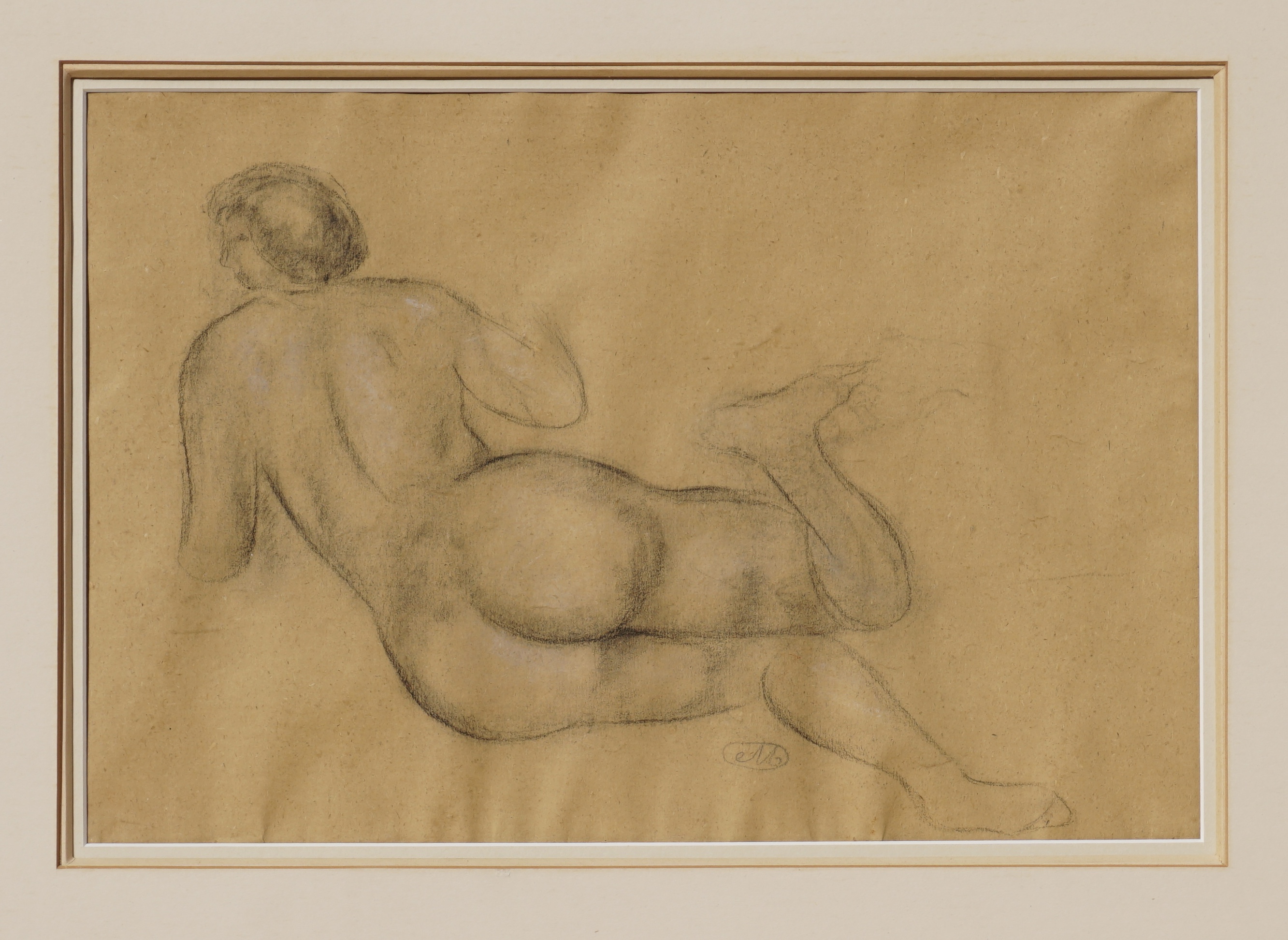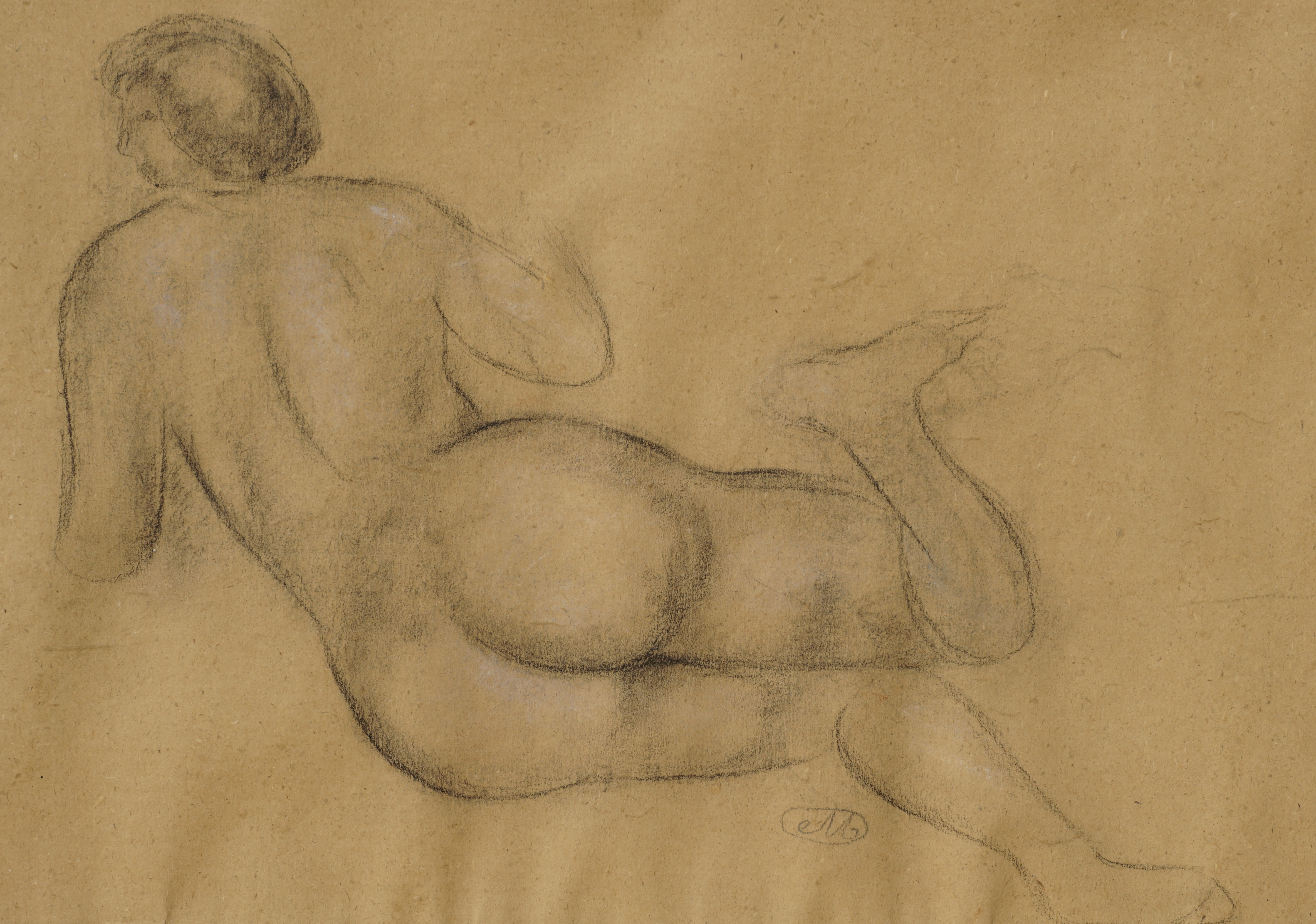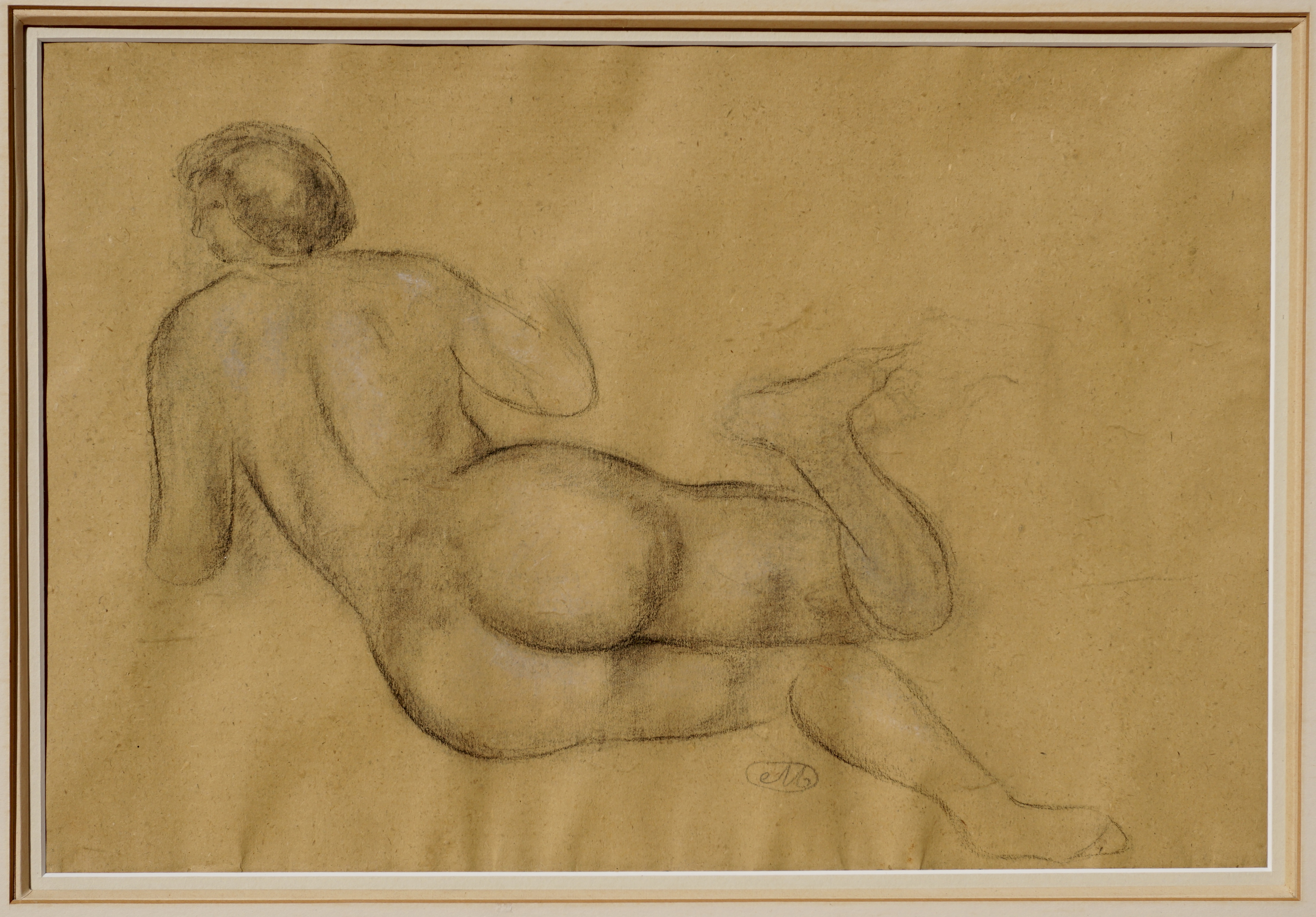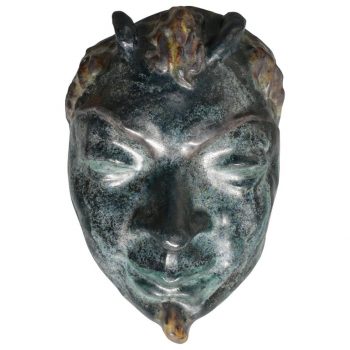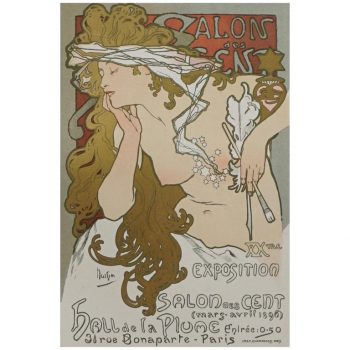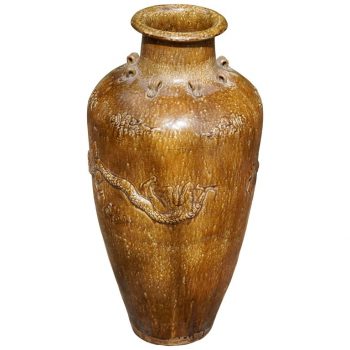Description
Aristide Maillol (Fr, 1861 – 1944)
A very large original charcoal drawing by Aristide Maillol. The female figure posing nude with her back fully exposed. Worthy of a museum with an interesting “twist” from confusion on upper knee. This drawing on paper is over twice the size of 90% of Maillol’s drawings and the two previous Maillol drawings I have sold in the past. I preserved the vintage 1950s giltwood frame the drawing came in adding museum glass and archival acid free backing board and inner matting. Feel free to make a reasonable offer; Authenticity guaranteed.
Signed with Maillol’s Circled “M” monogram on bottom.
Condition is very good with a edge tear on left and waviness of paper in particular on bottom edge. View photo of artwork out of frame.
Artwork: 10.75 x 15.5 inches
Framed: 20.25 x 25.75 inches
Provenance: From a distinguished gentleman from New York. With Gallery label on verso from Kleeman Galleries; New York.
Aristide Joseph Bonaventure Maillol (French: [m?j?l]; December 8, 1861 – September 27, 1944) was a French sculptor, painter, and printmaker.[1]
Aristide Maillol Born December 8, 1861 Banyuls-sur-Mer, Roussillon Died September 27, 1944 (aged 82) Banyuls-sur-Mer, Roussillon Nationality French Education École des Beaux-Arts Known for Sculpture, painting.
Aristide Maillol, Bas Relief, terracotta. Exhibited at the 1913 Armory Show, New York, Chicago, Boston. Catalogue image (no. 110)
Maillol was born in Banyuls-sur-Mer, Roussillon. He decided at an early age to become a painter, and moved to Paris in 1881 to study art.[1] After several applications and several years of living in poverty, his enrollment in the École des Beaux-Arts was accepted in 1885, and he studied there under Jean-Léon Gérôme and Alexandre Cabanel. His early paintings show the influence of his contemporaries Pierre Puvis de Chavannes and Paul Gauguin.
Gauguin encouraged his growing interest in decorative art, an interest that led Maillol to take up tapestry design. In 1893 Maillol opened a tapestry workshop in Banyuls, producing works whose high technical and aesthetic quality gained him recognition for renewing this art form in France. He began making small terracotta sculptures in 1895, and within a few years his concentration on sculpture led to the abandonment of his work in tapestry.
Maillol, The River, bronze, 1938-1943, (displayed in Barcelona) in 2009
In July 1896, Maillol married Clotilde Narcis, one of his employees at his tapestry workshop. Their only son, Lucian, was born that October.
Maillol’s first major sculpture, A Seated Woman, was modeled after his wife. The first version (in the Museum of Modern Art, New York) was completed in 1902, and renamed La Méditerranée. Maillol, believing that “art does not lie in the copying of nature”, produced a second, less naturalistic version in 1905. In 1902, the art dealer Ambroise Vollard provided Maillol with his first exhibition.
The subject of nearly all of Maillol’s mature work is the female body, treated with a classical emphasis on stable forms. The figurative style of his large bronzes is perceived as an important precursor to the greater simplifications of Henry Moore, and his serene classicism set a standard for European (and American) figure sculpture until the end of World War II
Josep Pla said of Maillol, “These archaic ideas, Greek, were the great novelty Maillol brought into the tendency of modern sculpture. What you need to love from the ancients is not the antiquity, it is the sense of permanent, renewed novelty, that is due to the nature and reason.




